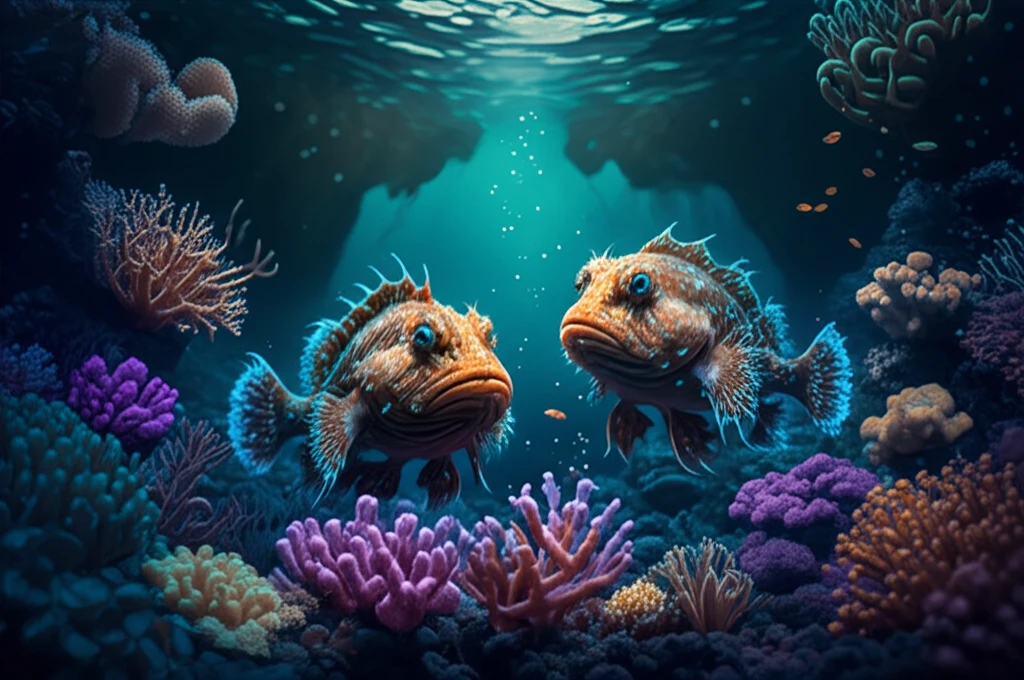
Unveiling the Ocean's Secrets: Two New Species of Waspfish Discovered
"A Deep Dive into Marine Biodiversity: Uncover the unique characteristics and habitats of these newly identified members of the waspfish family."
The ocean, a realm of mystery and undiscovered wonders, continues to surprise us with its hidden biodiversity. In a recent study, marine biologists have identified two new species of waspfish, adding another layer of complexity to our understanding of marine ecosystems. These discoveries, published in Ichthyological Research, highlight the ongoing need for exploration and conservation in our oceans.
Waspfishes, belonging to the family Tetrarogidae, are known for their unique appearances and bottom-dwelling habits. Found primarily in the Indo-West Pacific region, these small fishes are characterized by their steep snout profiles and laterally compressed bodies. The newly identified species, named Ablabys pauciporus and Ablabys gymnothorax, present distinct features that set them apart from their known relatives.
This article delves into the details of these discoveries, exploring the characteristics, habitats, and evolutionary relationships of these new waspfish species. Understanding these aspects is crucial for appreciating the intricate web of life in our oceans and for developing effective conservation strategies.
A Closer Look at the New Waspfish Species

The research, led by Sirikanya Chungthanawong and Hiroyuki Motomura, meticulously describes the physical attributes and genetic markers that distinguish the two new species. Ablabys pauciporus, found near the Great Barrier Reef in Australia, and Ablabys gymnothorax, discovered in the waters of Japan, Taiwan, and Vietnam, each possess unique traits that warrant their classification as distinct species.
- Ablabys pauciporus: Features fewer body scales and notched dorsal fin membranes.
- Ablabys gymnothorax: Distinguished by a naked thorax and a unique fin membrane connection.
- Habitat Differences: Found in distinct regions, suggesting adaptation to local environments.
- Genetic Distinction: Confirmed through ribosomal RNA analysis, supporting new species status.
Why These Discoveries Matter
The discovery of Ablabys pauciporus and Ablabys gymnothorax underscores the vastness of undiscovered biodiversity in our oceans. Each new species adds to our understanding of evolutionary processes and ecological relationships. More importantly, these findings emphasize the need for continued exploration and conservation efforts to protect these fragile marine environments.
